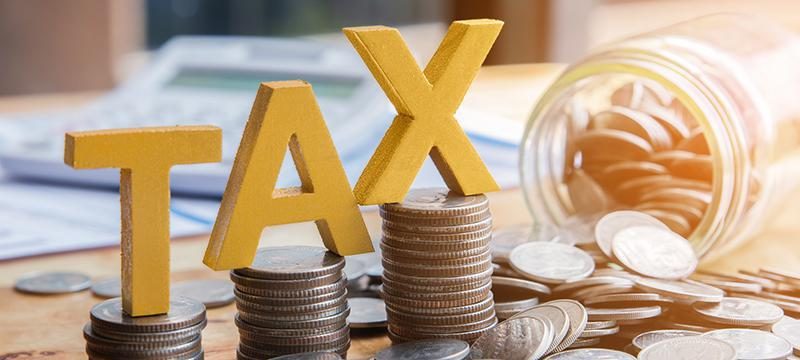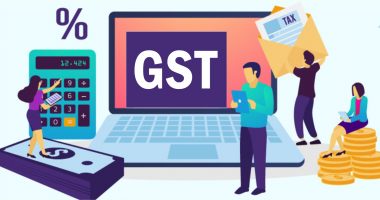Central Board of Indirect Taxes & Customs (CBIC) Chairman Vivek Johri has revealed to the media that the e-invoicing system could apply to those with turnover above Rs.5 Crore from the 1st of January 2023.
With this move, the department plans to reduce the threshold limit from the current Rs 20 crore limit to plug revenue leakages further, ensuring better compliance and policy formulation.
According to the Chairman, expanding the base from over Rs.20 Crore to over Rs.5 Crore provides crucial data for sound policy making. They can study the data at a four-digit HS (Harmonised System) level to understand sectors contributing to a higher GST collection. It will also help them identify higher potential sectors but not contribute enough towards the revenue.
The tax department can study the trends better. Also, they can identify Input Tax Credit (ITC) claims across sectors and pick the ones involving fake ITC claims. The fraudulent ITC claims have been bothering the government for quite some time. The government has detected bogus ITC of more than Rs.50,000 Crore in the last year and a half.
e-Invoicing for Business-to-Business (B2B) transactions started with a very high threshold from the 1st of October 2020. The first phase applied to enterprises with an annual turnover of more than Rs.500 Crore. The second phase covered businesses with a yearly turnover exceeding Rs.100 Crore from the 1st of January 2021.
The next phase involved businesses with a total turnover of over Rs. 50 Crore from the 1st of April 2021. Recently, its scope was expanded to cover firms with a total turnover ranging between Rs.20 Crore and Rs.50 Crore from the 1st of April 2022.
Every phase of the e-invoicing system brought more taxpayers under its net. It accordingly increased the net count of e-invoices from approximately 1.25 Crore in October 2020 to about 1.38 Crore. Shri Vivek Johri further opined that once e-invoicing extends to all businesses, the requirement for manual invoice matching vanishes as there will be a foolproof return filing system, putting taxpayers at an advantage.
The e-Invoicing system reform also has a significant role in the recent boost to the monthly GST collections. It has risen from an average of Rs.0.9 trillion in FY 2017-18 to Rs.1.23 trillion in FY 2021-22. It is expected to account for an average of Rs.1.4-1.5 trillion in FY 2022-23. Therefore, it may provide some relief since the five-year time limit for compensating states for any GST shortfall ended on the 30th of June 2022.
For any clarifications/feedback on the topic, please contact the writer at annapoorna.m@clear.in
Annapoorna, popularly known as Anna, is an aspiring Chartered Accountant with a flair for GST. She spends most of her day Singing hymns to the tune of jee-es-tee! Well, not most of her day, just now and then.




